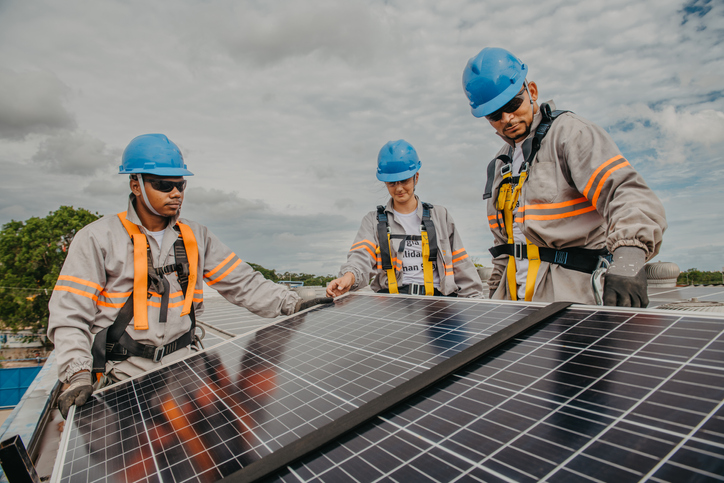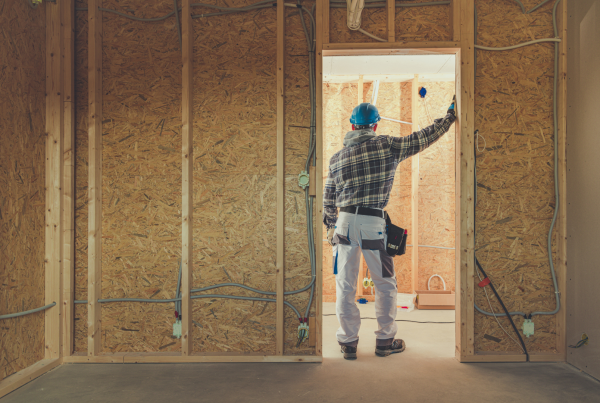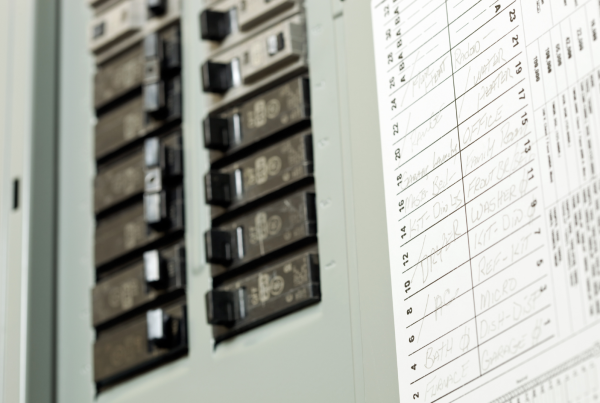The widespread supply chain disruption is harming industries and consumers worldwide as it is directly leading to an increase in inflation. This is also the case for commercial solar panels, and events like the Suez Canal blockage of 2021 and the CORONA virus pandemic are primary contributors to these supply chain issues.
However, that’s not all. The alleged human rights violations, import tariffs, and trade regulations are also leading to a decrease in the import of mass-produced solar modules. This is coming after a year in which the solar industry broke almost all of its installation records.
So let’s examine the primary issues that the supply chain for commercial solar panels is facing and how electrical contractors in Utah are tackling this issue to provide customers with cost-effective commercial solar panel installation in 2022.
Problems The Commercial Solar Panel Market is Facing
A Supply Chain Riddled With Bottlenecks
From events like the Suez canal blockage and the price hikes it caused to governments looking to break even with the GDP loss many suffered in 2020, there have been several bottlenecks that on their own may not have led to such drastic changes, but as a whole have created the perfect storm for the industry.
The most prevalent of these issues is the rising import tariff that importers have to pay for panels from China – the largest manufacturer of commercial solar panels in the world. While panel prices in the exporting country continue to decrease, US companies are now having to pay roughly 15% to 18% more on imports.
The Alleged Forced Labor Practices in China
There have been claims that Xinjiang, a Chinese province that harvests a majority of the world’s polysilicon (a primary element for crafting commercial solar panels), has adopted forced labor practices. While this is an internal issue for the country, the US is imposing sanctions on the country indirectly in an effort to decrease demand for their products and urge the Chinese government to reconsider its approach.
The idea was also to boost US manufacturing, but compared to the economies of scale that the Chinese are able to offer, even with the shipping costs, electrical contractors find importing to generally be cheaper than buying US-manufactured solar panels.
The COVID-19 Threat
COVID-19 posed a threat to many aspects of our current way of life as a whole, including the economy. The stop in solar panel manufacturing during the lockdowns and shipment issues resulted in creating long-term ripples in the economy. These ripples turned into tidal waves once manufacturing resumed and the logistics infrastructure got overwhelmed.
While electrical contractors are doing what they can to minimize the initial investment needed for a commercial solar panel system, there is only so much that can be done. The world is currently facing an inflationary cycle with a number of other factors in play.
If you would like to learn more about commercial solar panels and their supply chain, and how electrical contractors can help you find cost-effective solutions even in times like these, give Skyline Electric a call. The bigger your project, the more we help you save!




